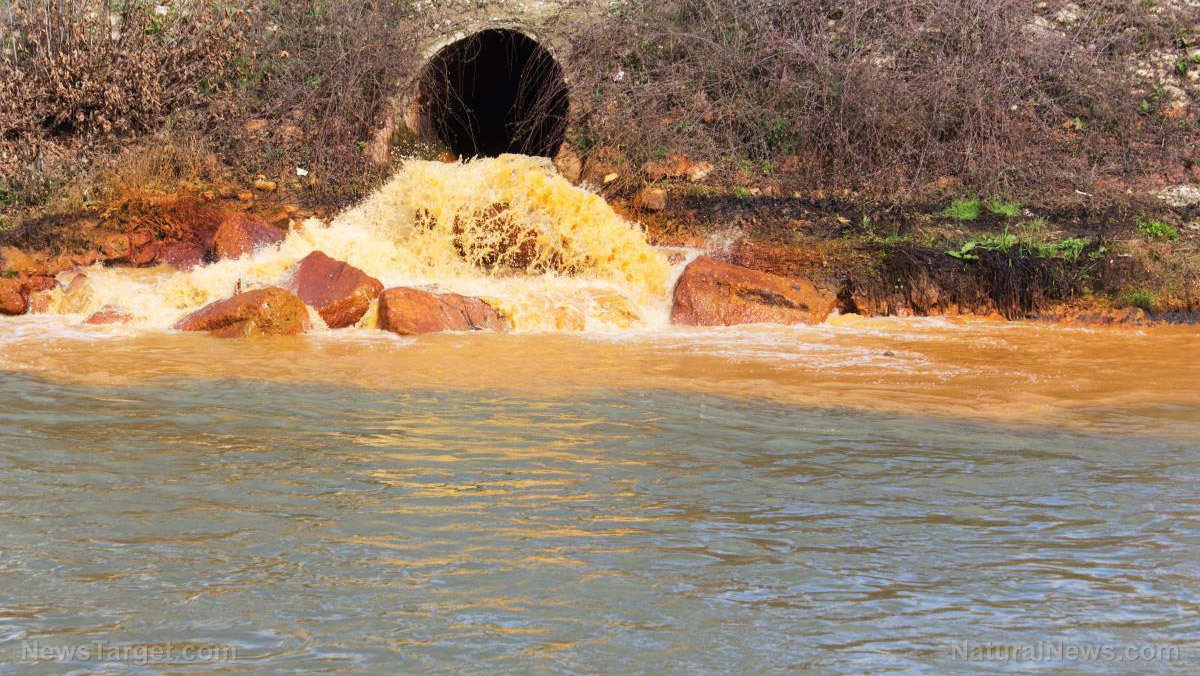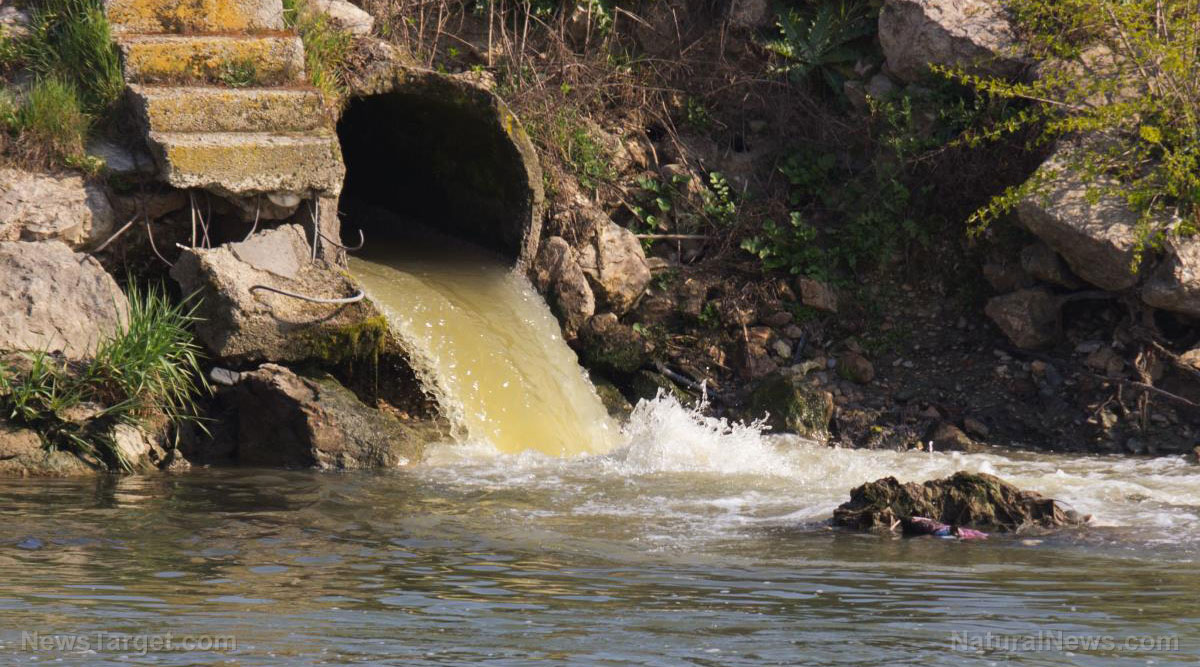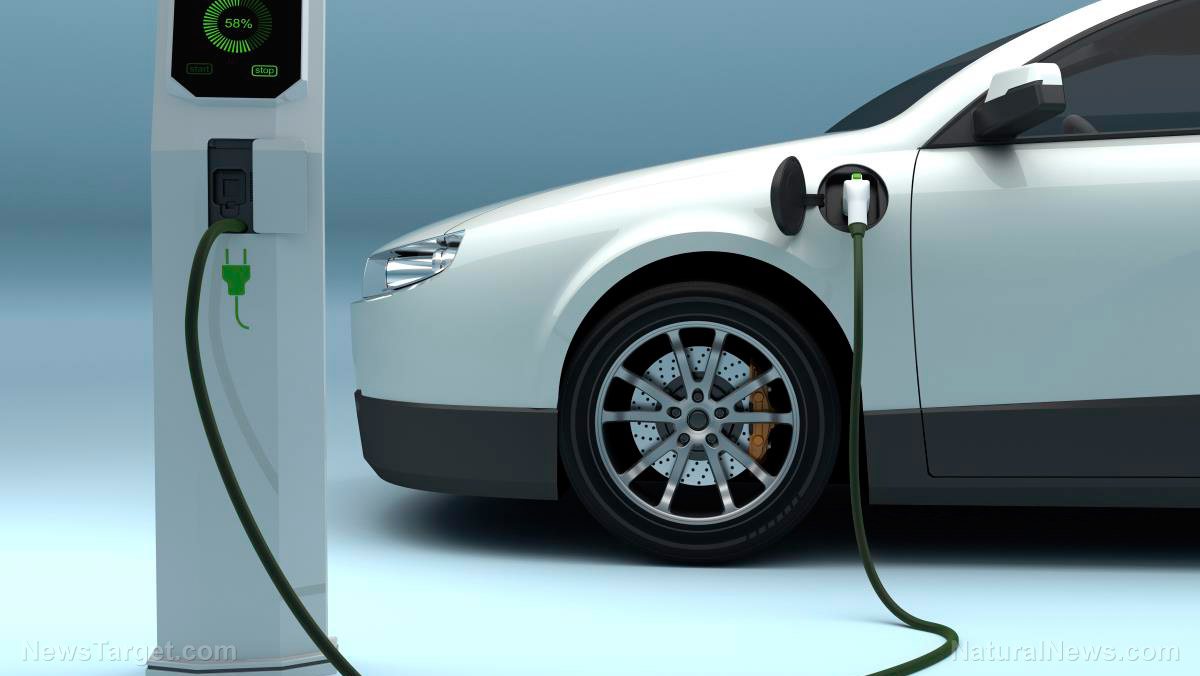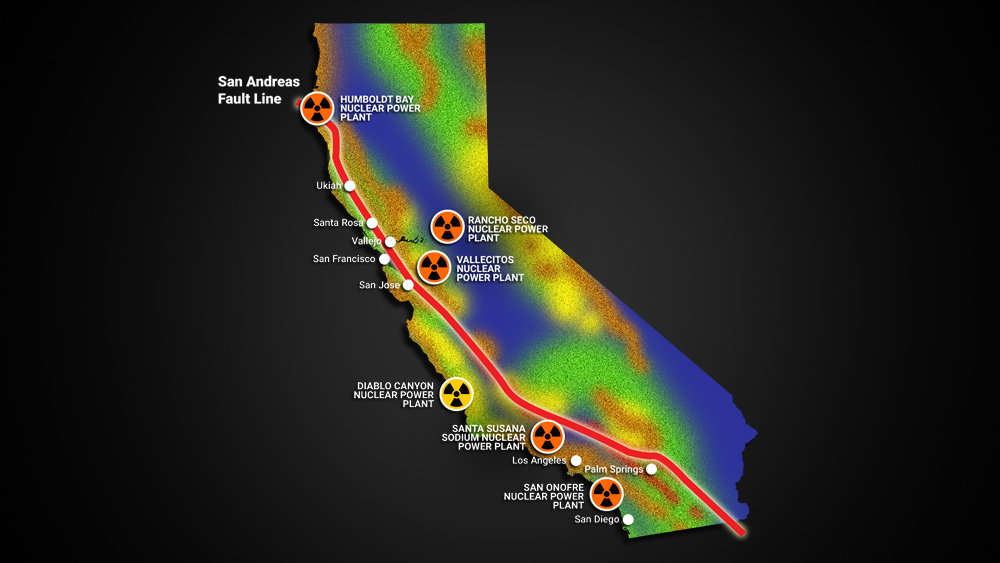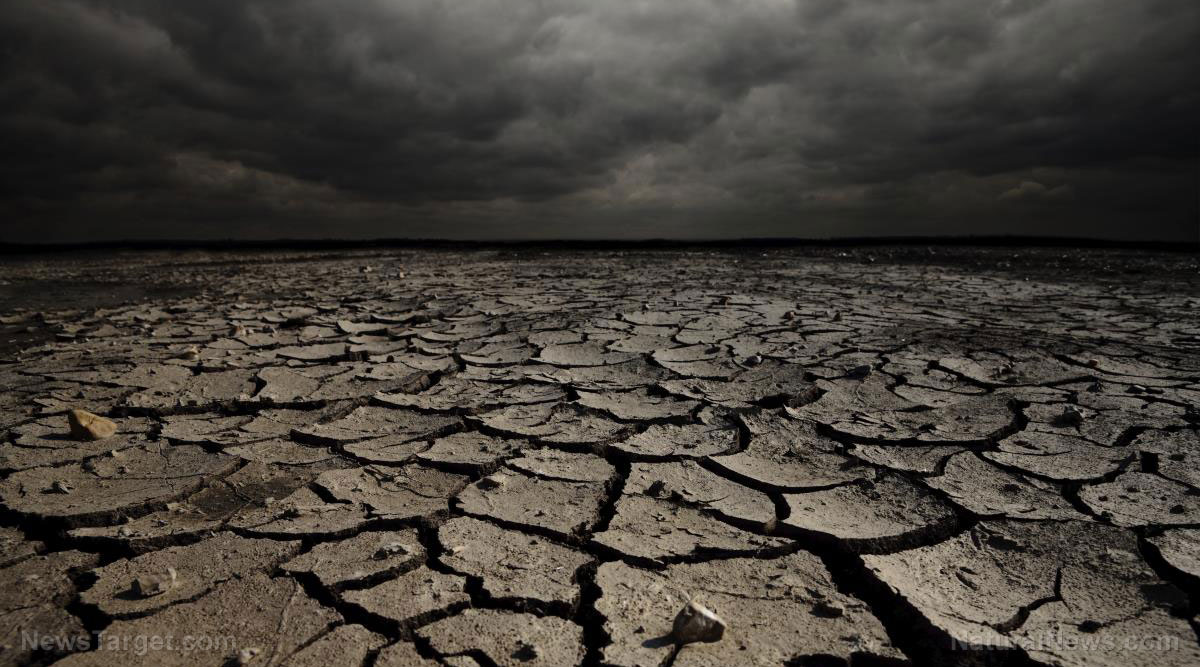Weather control: Dubai generates rain to combat drought and heat wave
07/27/2021 / By Ramon Tomey

Searing hot temperatures have always been a common occurrence in Dubai. The desert city located in the United Arab Emirates consistently sees an average rainfall of just 4 inches. Because of this, the Emirati government has taken steps to ensure the country experiences more rain. It has successfully done so through various cloud seeding operations.
On July 18, the U.A.E. National Center of Meteorology (NCM) released footage of heavy downpours in different parts of the country. The rains came amid a summer heat wave that saw temperatures surpass 120 degrees Fahrenheit. According to the NCM, cloud seeding operations done to increase rainfall contributed to the downpour’s intensity.
The footage showed the monsoon-like rains drenching a busy highway, with sudden waterfalls appearing on the side of the road. Unfortunately, it also caused tricky driving conditions for SUV drivers. A report by Abu Dhabi newspaper The National said heavy rainfall caused waterfalls to appear in the city of Al Ain and made driving conditions hazardous.
Meanwhile, a Yahoo News report said researchers at the University of Reading in England received US$1.5 million from the UAE in 2017 to work on “rain enhancement science.” The amount constituted a portion of the Emirati government’s total US$15 million investment in nine different rain-making projects for that year. The UAE said the investment was part of the country’s quest to “ensure water security.”
Emirati Ambassador to the U.K. Mansoor Abulhoul visited the English university in May 2021, where he was shown demonstrations of technologies to generate rainfall. He said during this visit: “It’s moving to think that the rainfall technology I saw, which is still being developed, may someday support counties in water-scarce environments like the UAE.”

University of Reading Vice-Chancellor Robert Van de Noort meanwhile said: “Of course, our ability to manipulate weather is puny compared to the forces of nature. We are mindful that we, as a university, have a big role to play by working with [our] global partners.”
Rainfall generation proves weather control is REAL
Cloud seeding operations are commonly performed by pilots who fire chemicals into the clouds. The chemicals then trigger increased precipitation, which then falls to the ground as rain. Substances used in cloud seeding include silver iodide, salt compounds and dry ice.
However, one system proposed by University of Reading researchers involved the use of drones that zap clouds with electricity to increase precipitation. Meteorologist Maarten Ambaum, a researcher who worked on the project, told BBC News in March 2021 that it aims to change the balance of electrical charge on cloud droplets. Furthermore, applying electrical shocks to clouds was more preferable to using chemicals such as silver iodide.
According to Ambaum, the UAE has “plenty of clouds” and the goal is to persuade the water droplets in them to merge and stick together. He compared it to “dry hair meeting a comb” when charged with static electricity. “When the drops merge and are big enough, they will fall as rain,” Ambaum said. The researcher continued: “The water table is sinking drastically in [the] UAE, [and] the purpose of this is to try to help with rainfall.”
UAE Rain Enhancement Research Program Director Alya Al-Mazroui meanwhile told Arab News in March 2021 that the remote-controlled drones will be tested at a flight center in Dubai. However, Al-Mazroui added that it is too early to predict the study’s efficacy at that time.
“Equipped with a payload of electric-charge emission instruments and customized sensors, these drones will fly at low altitudes and deliver an electric charge to air molecules, which should encourage precipitation,” she said.
The UAE was not the only country that dabbled in weather modification efforts. Bloomberg columnist Adam Minter wrote in a December 2020 op-ed that China conducted cloud seeding operations the previous month. The operation done at the behest of the Juye County Meteorological Bureau saw 16 “artificial rain enhancement rockets” launched off the back of a pickup truck located 300 miles south of Beijing.
Minter noted that the November 2020 cloud seeding plan was done in response to a local drought. Juye County officials said the endeavor was successful, with the county receiving more than 2 inches of rain. They also noted that the resulting rain alleviated the drought, lowered the risk of forest fires and improved air quality.
GeoEngineering.news has more articles about weather modification projects in different countries.
Sources include:
Submit a correction >>
Tagged Under:
cloud seeding, drones, electrical charges, geoengineering, rain enhancement science, rainfall generation, static electricity, United Arab Emirates, University of Reading, weather control, Weather Manipulation
This article may contain statements that reflect the opinion of the author


